Salvia ‘Hot Lips’ Starter Plant – 4-6 Inch – Red & White Flowers
Original price was: $45.99.$20.99Current price is: $20.99.
Salvia ‘Hot Lips’ is a stunning perennial with red and white bicolor flowers. Hardy in zones 8-10, it thrives in full sun and well-drained soil, growing 3-4 feet tall. A pollinator favorite!
Out of stock
Estimated arrival
Dec 21
Dec 26 - Dec 28
Dec 31 - Jan 04
Reasonable Price
We offer reasonable price

Support 24/7
Contact us 24 hrs a day

100% Money Back
You've 30 days to Return

Payment Secure
100% secure payment
Salvia ‘Hot Lips’ Starter Plant is a vibrant perennial known for its striking red and white bicolor flowers that add a unique touch to any garden. This well-rooted plant is shipped in a 2.5 x 3.5-inch pot, ready to establish in your landscape. As a hardy plant for zones 8-10, it grows up to 3-4 feet tall and thrives in full sun and well-drained soil.
During the blooming season, its flowers display a unique color-changing effect—initially red, later transitioning to a mix of red and white in peak bloom, and turning completely white towards the season’s end. This makes Salvia ‘Hot Lips’ a dynamic and eye-catching addition to any outdoor space.
Beyond aesthetics, this plant is also a pollinator magnet, attracting hummingbirds, butterflies, and bees. It is drought-tolerant once established, requiring minimal care, making it an ideal choice for both experienced and novice gardeners.
Key Features and Benefits:
✔ Bicolor Blooms – Unique red and white flowers change color throughout the season.
✔ Hardy Perennial – Thrives in zones 8-10, growing 3-4 feet tall.
✔ Low Maintenance – Drought-tolerant once established; thrives in full sun and well-drained soil.
✔ Pollinator Friendly – Attracts hummingbirds, butterflies, and bees.
✔ Versatile Use – Ideal for landscaping, garden borders, and pollinator gardens.
FAQs
Q: How tall does Salvia ‘Hot Lips’ grow?
A: This plant reaches a mature height of 3-4 feet, making it perfect for garden borders and landscape accents.
Q: What kind of soil does Salvia ‘Hot Lips’ prefer?
A: It thrives in well-drained soil with full sunlight exposure. Avoid overly wet or compacted soils.
Q: Does Salvia ‘Hot Lips’ attract pollinators?
A: Yes! This plant is highly attractive to hummingbirds, butterflies, and bees, making it a great addition to pollinator gardens.
Q: Is this plant drought-tolerant?
A: Yes, once established, Salvia ‘Hot Lips’ is highly drought-tolerant, requiring minimal watering.
Q: When does Salvia ‘Hot Lips’ bloom?
A: Blooming occurs from late spring through fall, with flowers changing from red to red-and-white, then to white by season’s end.
Be the first to review “Salvia ‘Hot Lips’ Starter Plant – 4-6 Inch – Red & White Flowers”

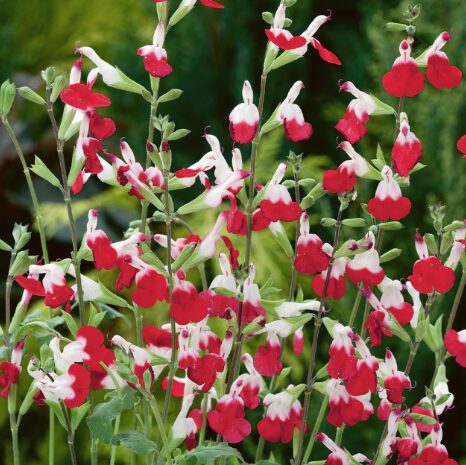

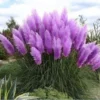
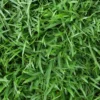
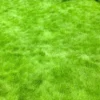
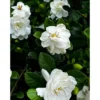
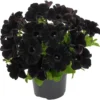
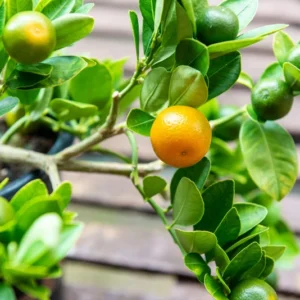
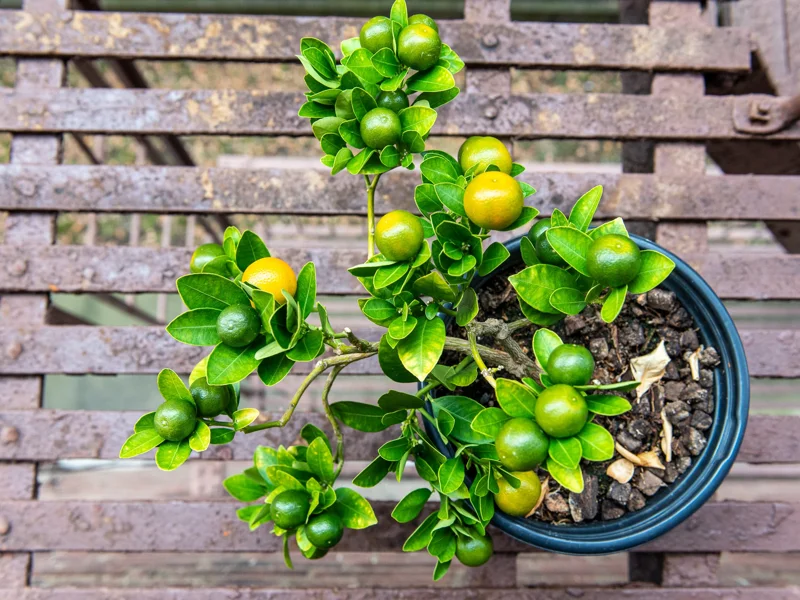
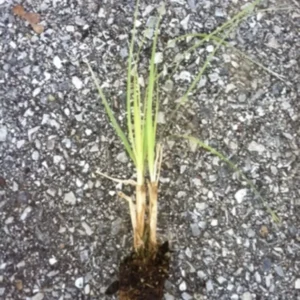
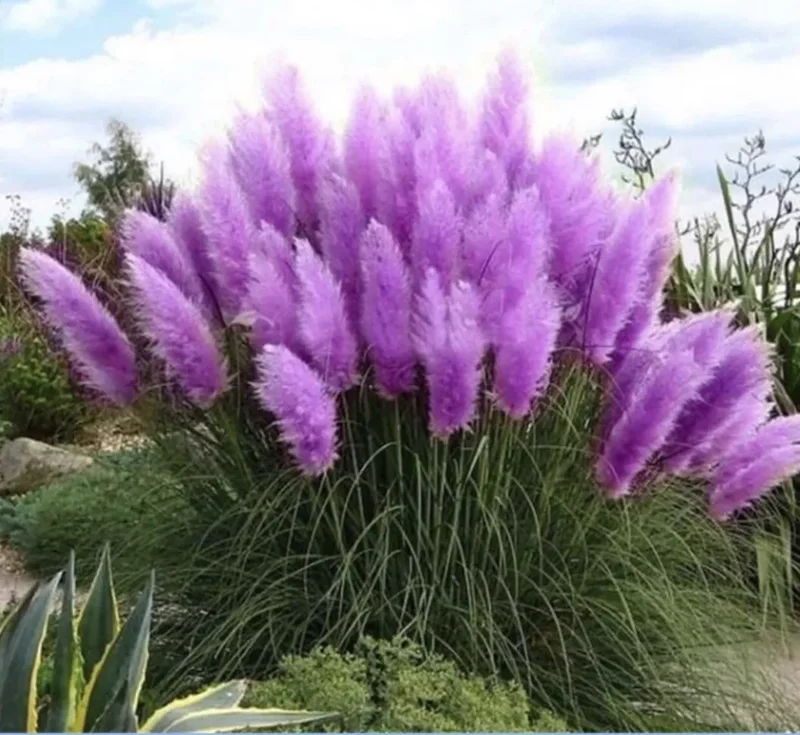
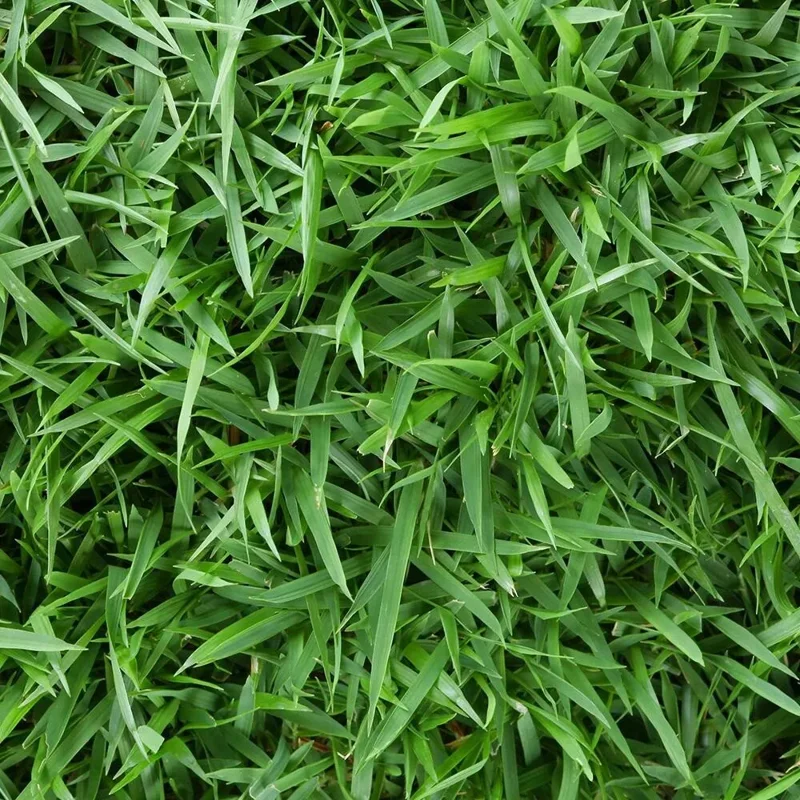
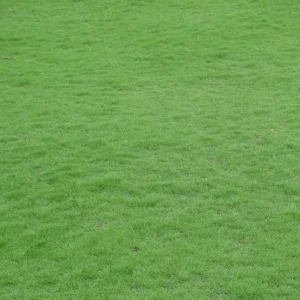
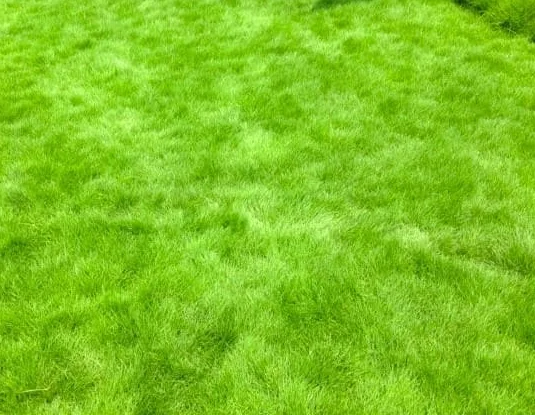
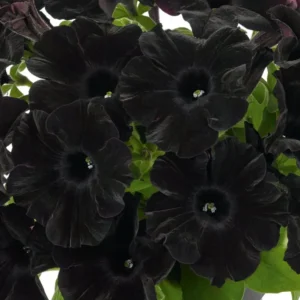
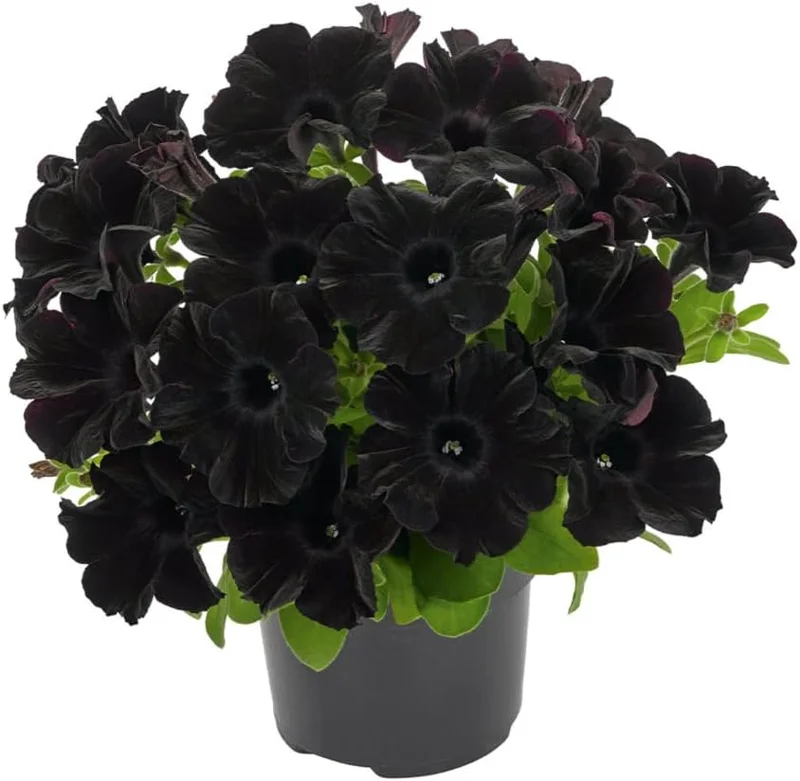

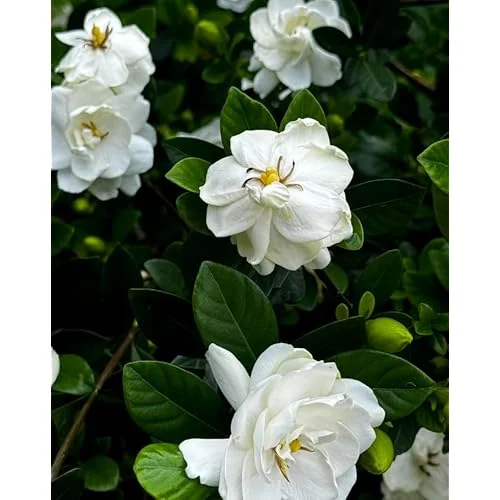
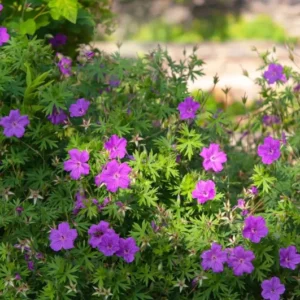
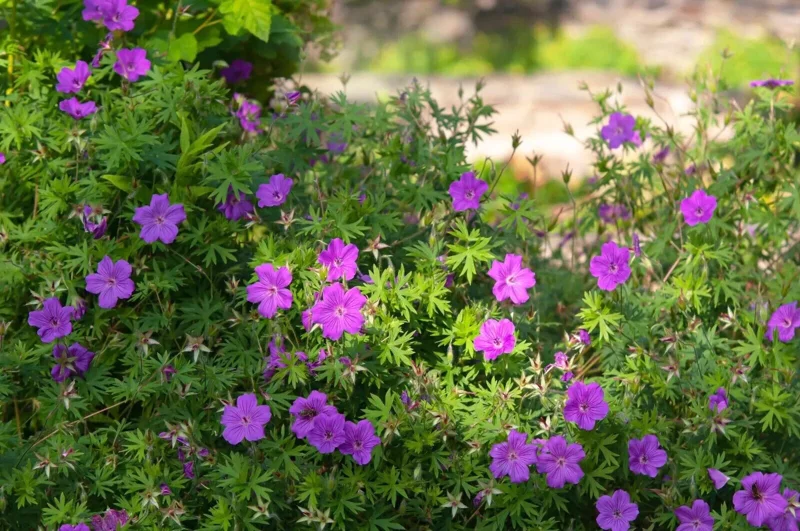
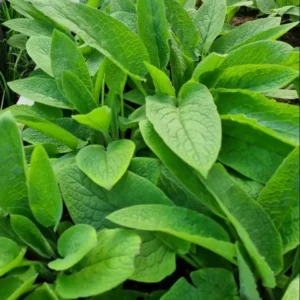
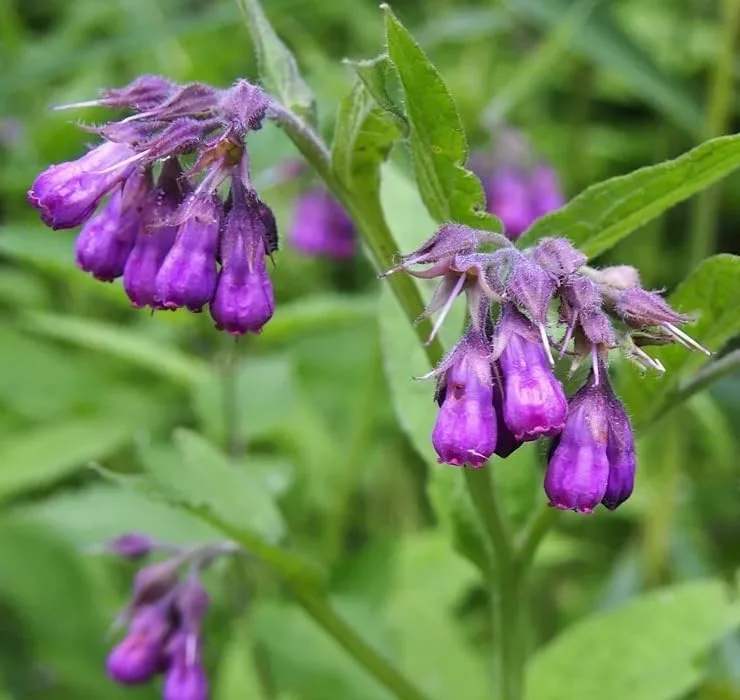
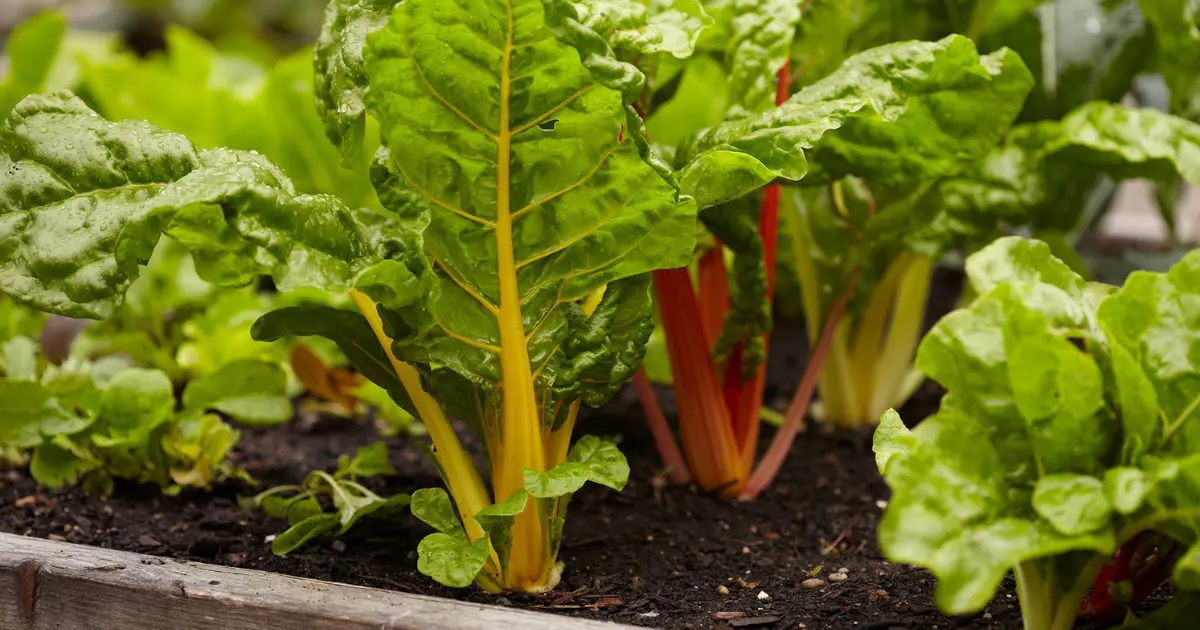
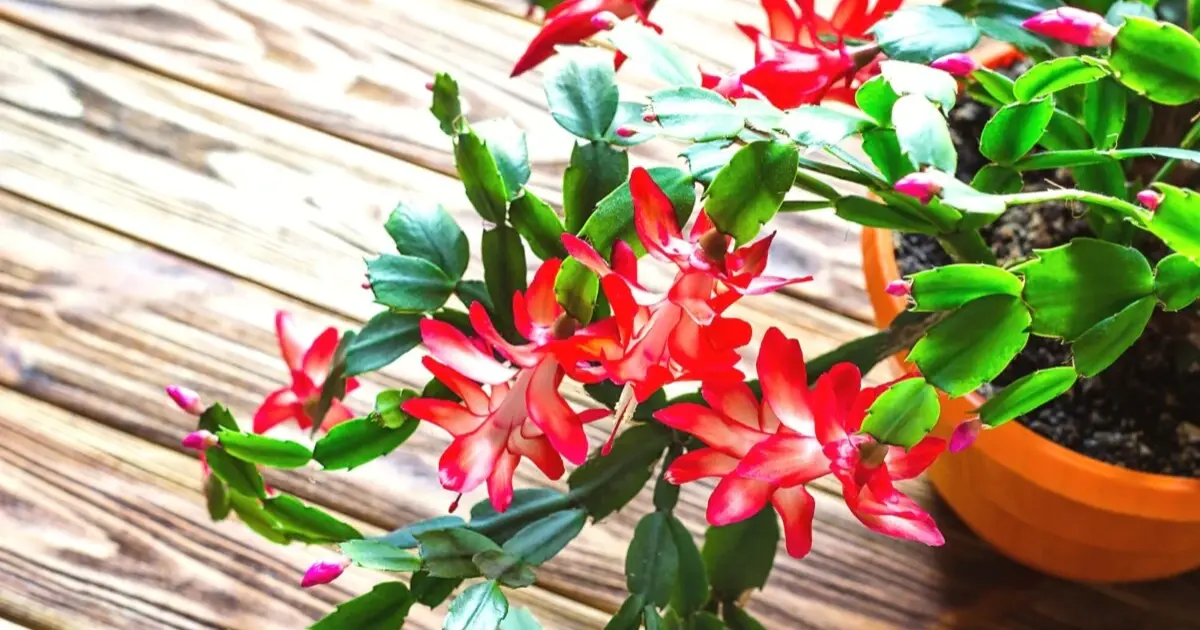
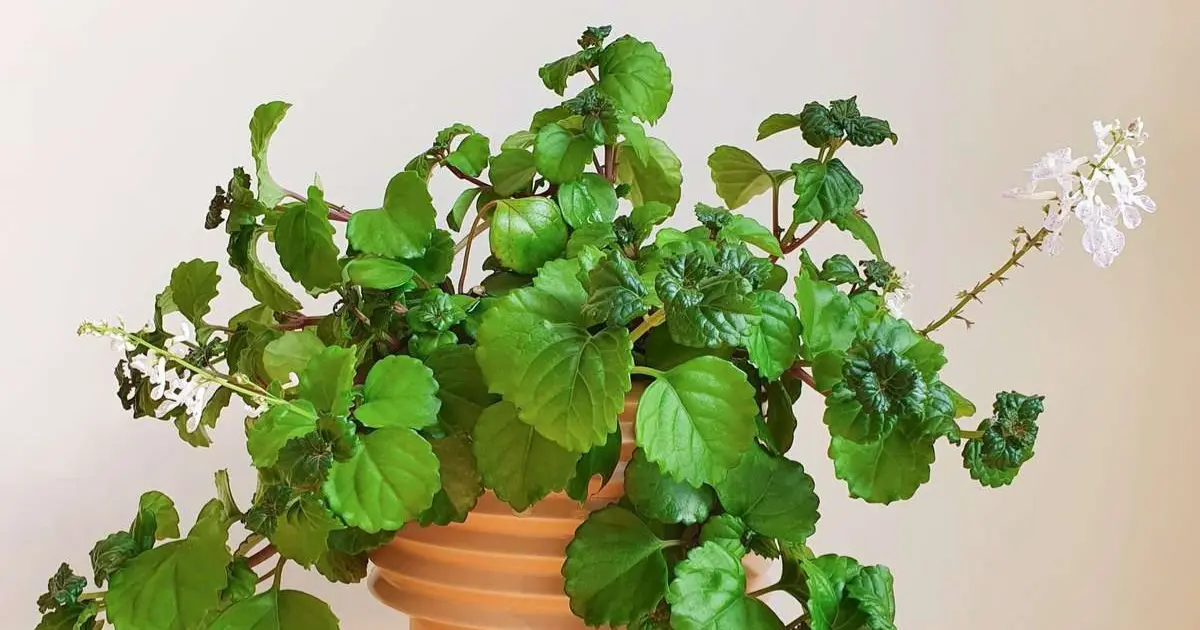
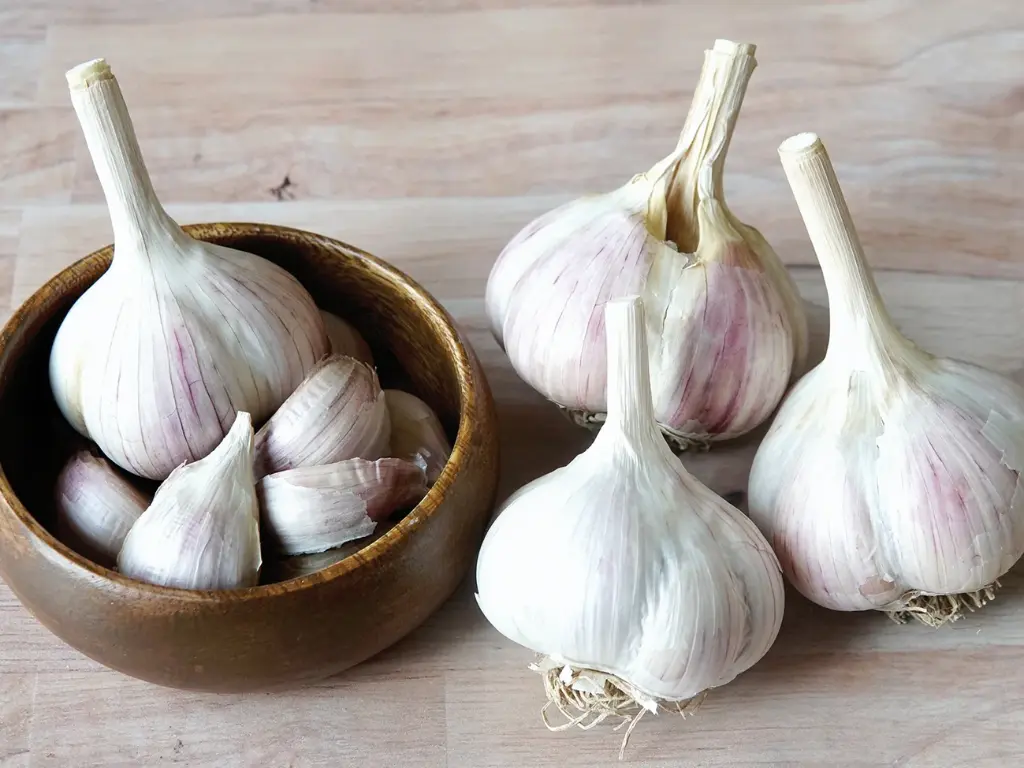
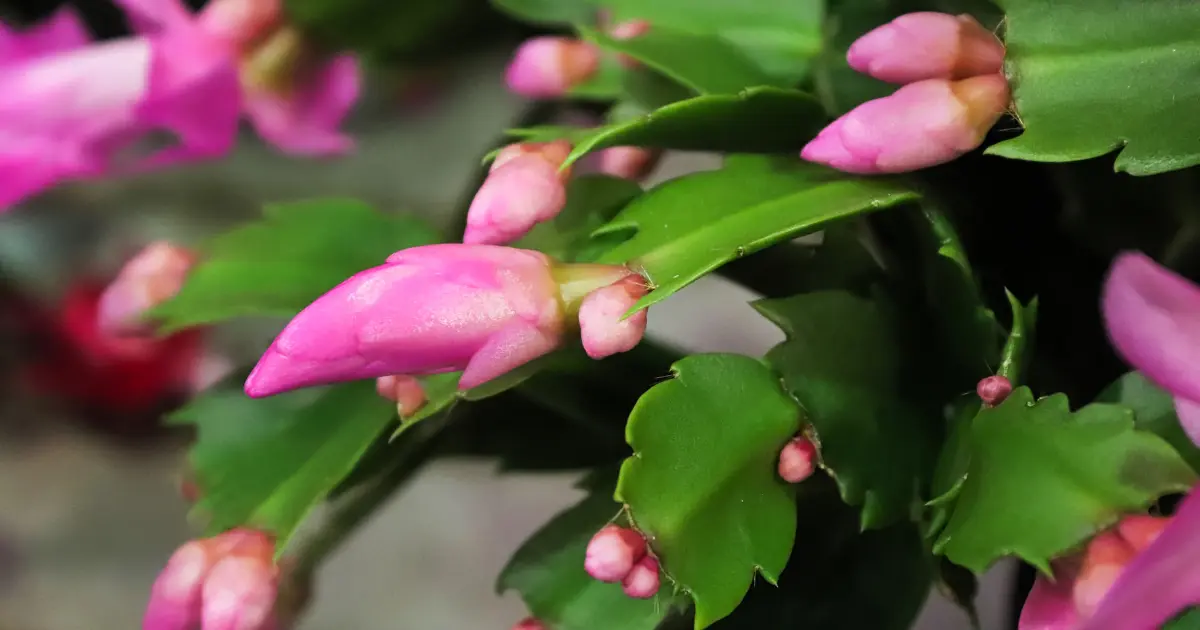

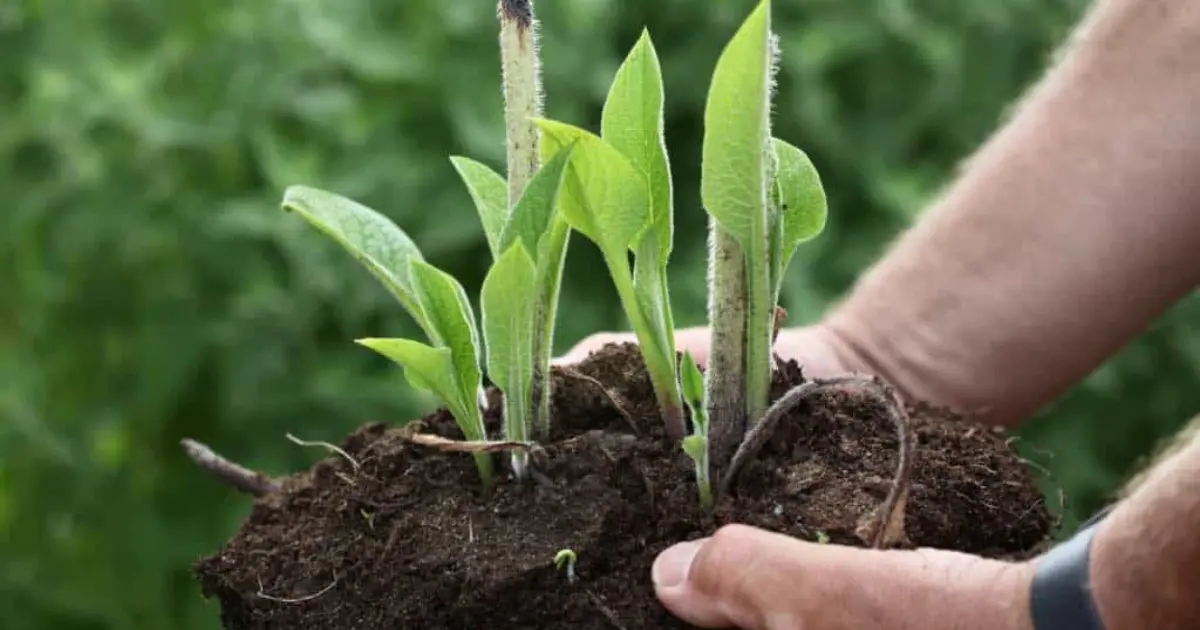
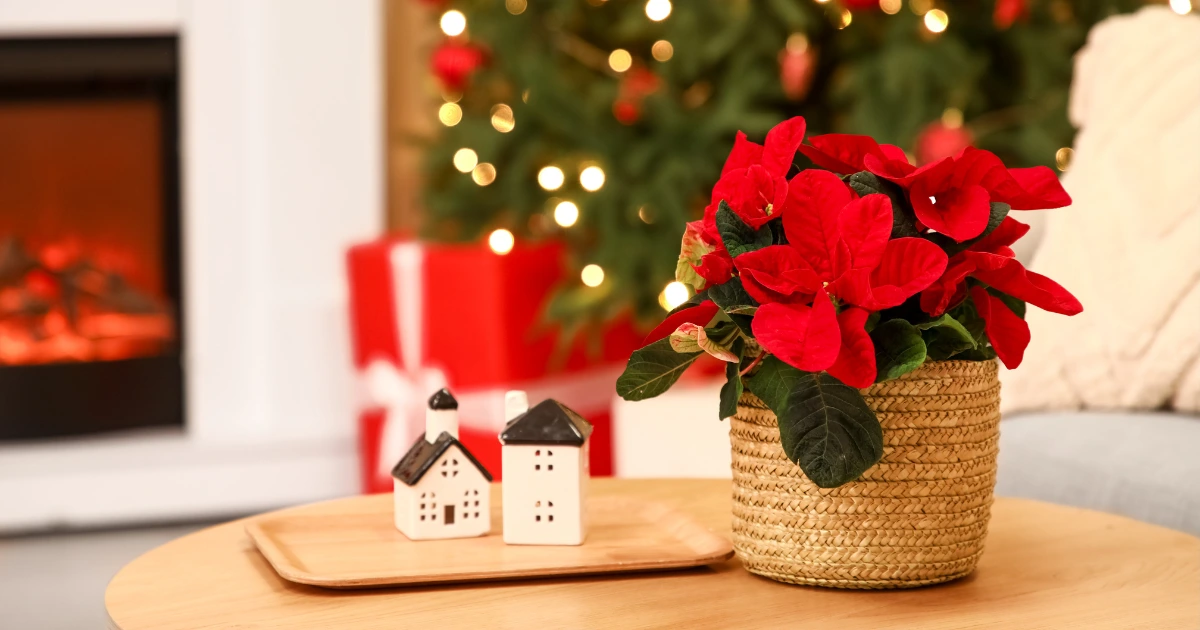


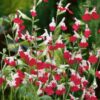
Reviews
There are no reviews yet.